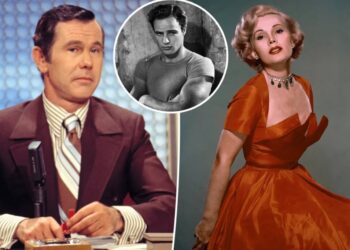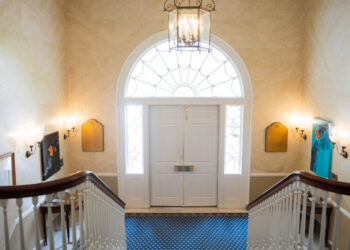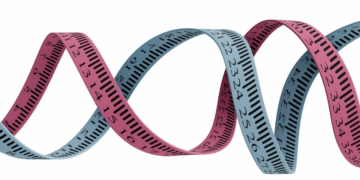Scouted: Why Fasciology Could Be the Next Frontier in Lymphatic Drainage, According to Ashley Black
Scouted selects products independently. If you purchase something from our posts, we may earn a small commission. I’ll admit it:...
Marlon Brando and Zsa Zsa Gabor’s heated ‘Tonight Show’ clash revisited in new Johnny Carson book
Johnny Carson’s tenure on NBC’s “The Tonight Show” produced many iconic moments. In the new book, “Love Johnny Carson,” Carson’s superfan...
Trump could shake up inner circle by drafting in ‘MAGA officials’: analysis
Donald Trump’s inner circle could be set for a shake-up, according to political analysts warning “MAGA officials” could be the...
Texas substitute teacher, boyfriend charged in child sexual assault investigation
A former Texas substitute teacher and her boyfriend have been arrested for having inappropriate sexual contact with a child and...
Winter Storm Brings Blizzard Conditions to Midwest
Crashes and flight delays were accumulating on Sunday night as a major winter storm swept through Minnesota and Wisconsin, bringing...
No one’s happier about calls for a ‘backseat Fed’ than Fed insiders who were targeted by the White House this year
With Trump 2.0, markets and the media knew they would get their fair share of double-takes. For me, the image...
Dear Abby: My job is making me depressed — would it be selfish of me to quit?
DEAR ABBY: I am in my early 30s and happy in certain aspects of my life: I recently moved to...
Iran sends conflicting signals on its missiles as Israeli concerns rise
ISTANBUL — Amid mounting Israeli concerns over Iran’s ballistic missile program, Tehran seemed conflicted last week over the message it...
As Mamdani Leaves Queens for the Upper East Side, a Cool Welcome Awaits
In a matter of days, Mayor-elect Zohran Mamdani will leave Astoria, Queens, the vibrant cultural and culinary hub he has...
Ex-GOP rep says Russia ‘on the verge of collapse’ as Trump wades into peace talks
An ex-GOP representative and former US Air Force member has suggested Russia is “on the verge of collapse”, three years...














